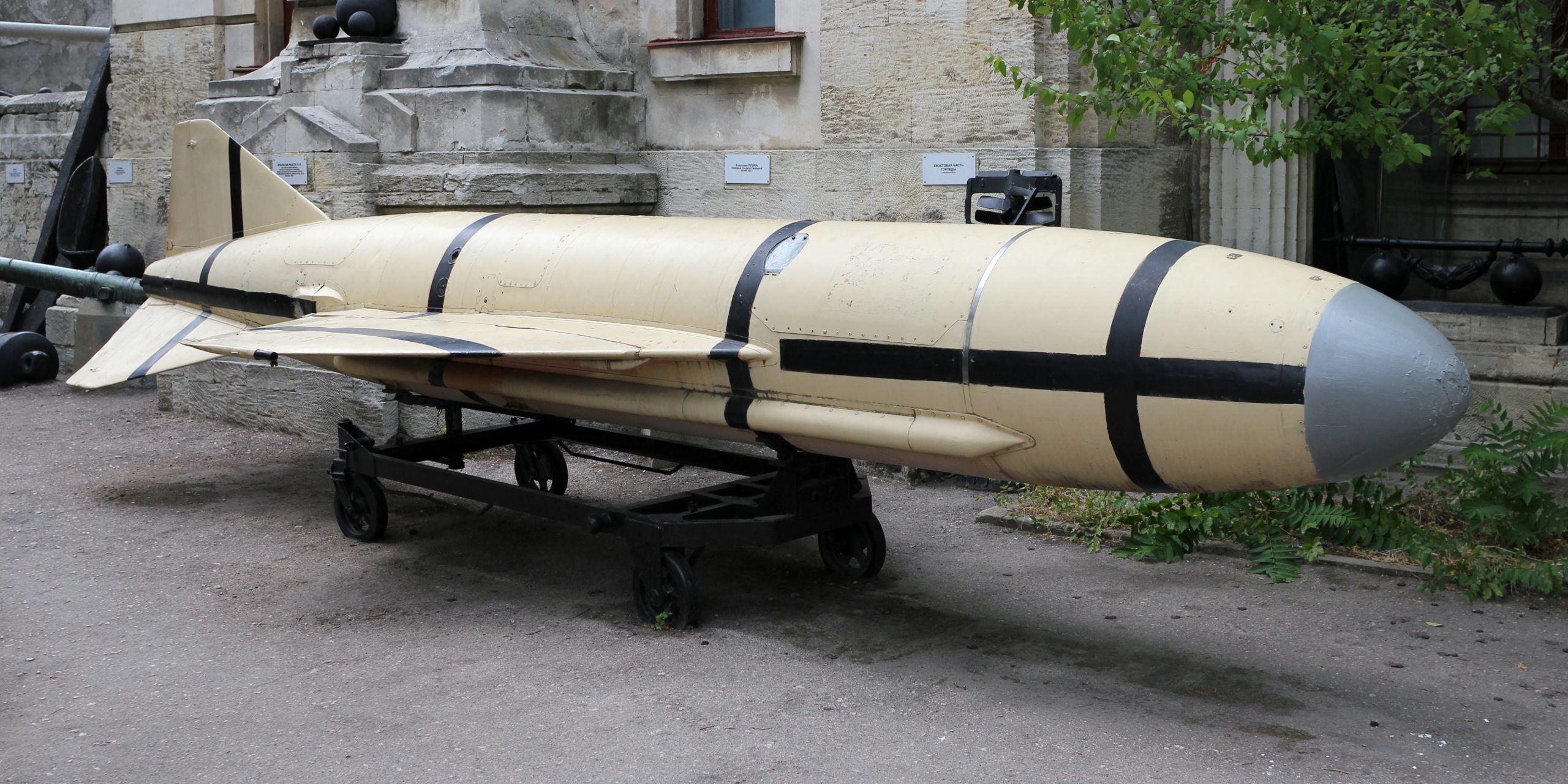
Not just from the air - Hellfire ship and ground launchers
The moment of the launch of the Hellfire II rocket from the LRSAV.
The first launch of the AGM-114L Hellfire Longbow guided missile from an LCS-class ship in February of this year is a rare example of the use of Hellfire from a non-aircraft launcher. Let's use this event as an occasion for a brief review of the use of Hellfire missiles as surface-to-surface missiles.
The topic of this article is devoted to a rather fragmentary aspect of the history of the creation of the Lockheed Martin AGM-114 Hellfire anti-tank missile, which allows us to omit many issues related to the development of this missile as an aircraft weapon. However, it is worth recalling that the AGM-114 was designed as an element of a specialized anti-tank system, the main component of which was the AH-64 Apache helicopter - the Hellfire carrier. They were supposed to be an effective weapon against Soviet-built tanks. However, in their original use, they were actually only used in Operation Desert Strom. Today, Hellfires are associated mainly as weapons for the MQ-1 and MQ-9 unmanned aerial vehicles - the "conquerors" of Japanese-made light trucks and a tool for carrying out the so-called. extrajudicial executions by US authorities outside their territory.
However, the AGM-114 was originally a very high potential anti-tank weapon, the best example of which was the homing version of the AGM-114L using an active millimeter-wave radar.
As an introduction, it is also worth noting the transformation in the US arms industry associated with the history of the AGM-114 (see calendar). In the late 80s, Rockwell International Corporation began to break up into smaller companies, and in December 1996 its aviation and navigation armaments divisions were bought by Boeing Integrated Defense Systems (now Boeing Defense, Space & Security, which also includes McDonnell Douglas - manufacturer of AH-64). In 1995, Martin Marietta merged with Lockheed to form the Lockheed Martin Corporation, whose Missiles & Fire Control (LM MFC) division manufactures the AGM-114R. Westinghouse went into de facto bankruptcy in 1990 and as part of a restructuring in 1996 sold its Westinghouse Electronic Systems (military electronics) division to Northrop Grumman, which also bought Litton Industries in 2001. Hughes Electronics (formerly Hughes Aircraft) merged with Raytheon in 1997.
Hellfire Ship
The idea of arming boats with ATGMs, mostly high-speed, operating in coastal waters, arose long ago. This trend can be observed mainly at exhibitions of naval weapons, and the initiators of such ideas, as a rule, are manufacturers of anti-tank systems seeking to market their missiles.
